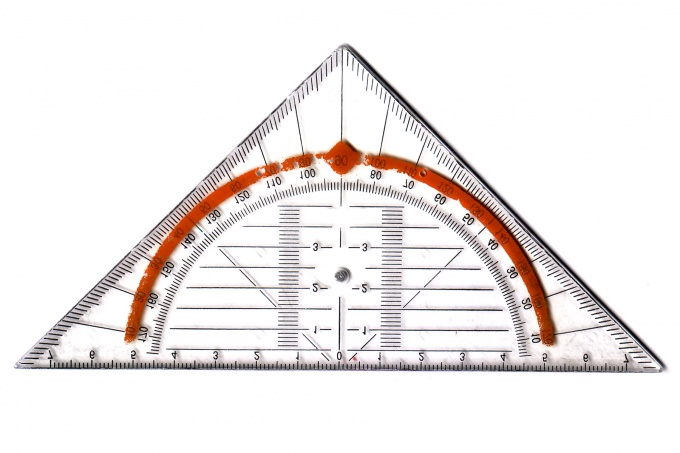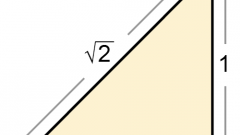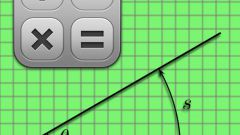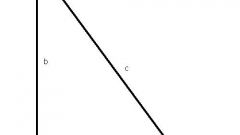You will need
- Basic knowledge in geometry and trigonometry.
Instruction
1
Let us denote the lengths of the sides of a triangle a=2, b=3, c=4, and angles u, v, w, each of which lies opposite one of the sides. Cosine theorem the square of the length of the sides of a triangle is equal to the sum of the squares of the lengths of the other two sides minus twice the product of these sides into the cosine of the angle between them. That is, a^2 = b^2 + c^2 - 2bc*cos(u). Substitute into this expression the lengths of the sides and get: 4 = 9 + 16 - 24cos(u).
2
Express from the equality cos(u). Will receive the following: cos(u) = 7/8. Then find the actual angle u. To do this, we calculate arccos(7/8). That is, angle u = arccos(7/8).
3
Similarly, expressing the other side through the other, find the remaining angles.
Note
The value of one angle cannot exceed 180 degrees. Under the sign of the arccos() can not be a number greater than 1 and less than -1.
Useful advice
In order to find all the three angles is not necessary to Express all three sides, you can only find 2 corner, and to the third by subtracting from 180 degrees the values of the other two. This follows from the fact that the sum of all the angles of a triangle is constant and equal to 180 degrees.










